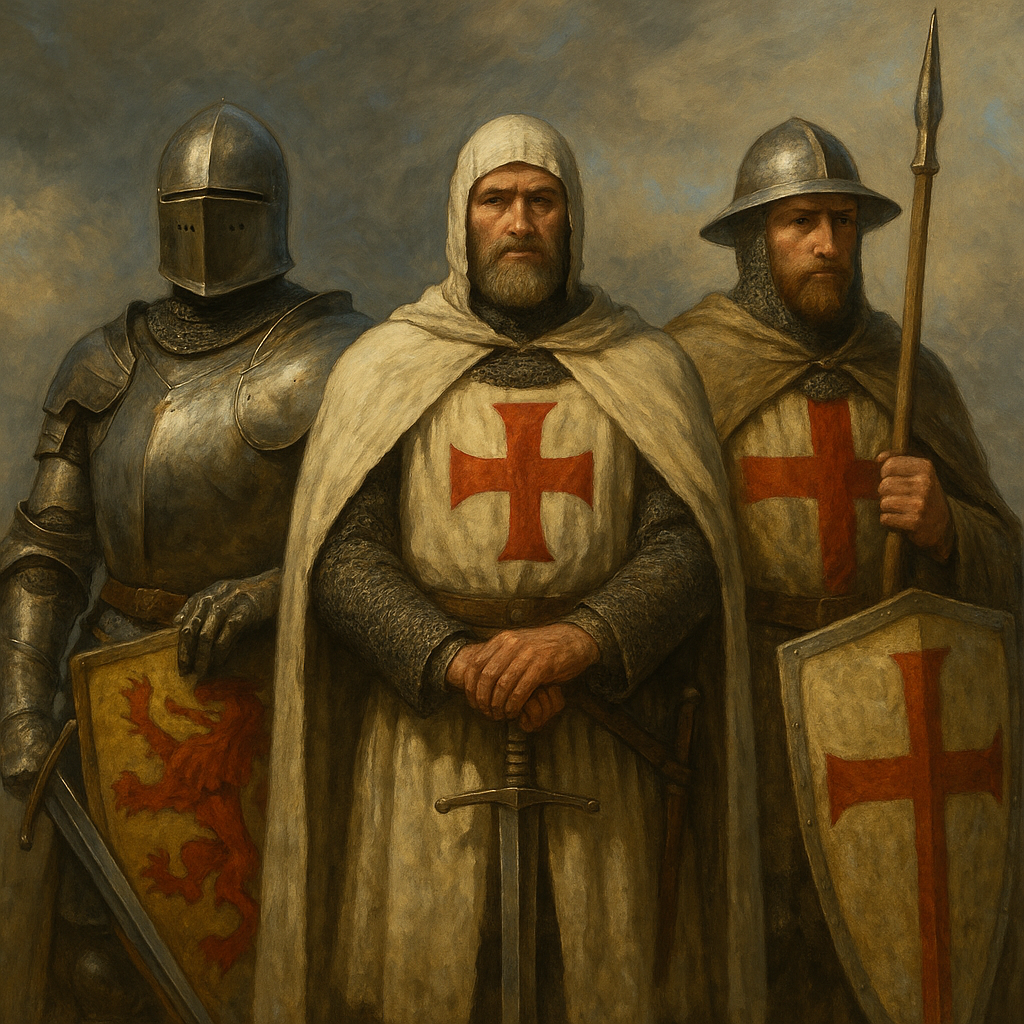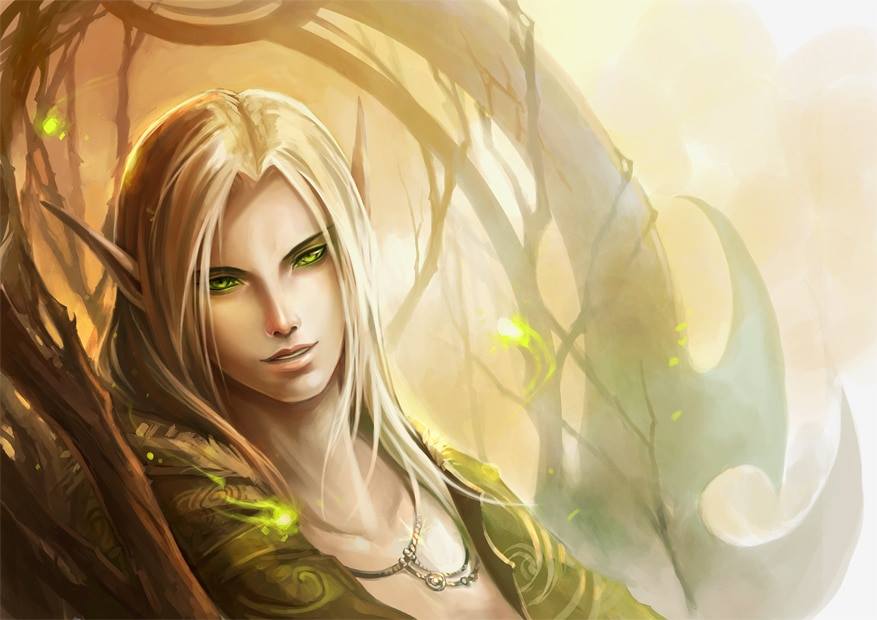Medieval shops are a fascinating window into the past, allowing us to better understand how warriors, nobles, and merchants lived and traveled during the Middle Ages.
From simple shelters to sophisticated structures for the nobility, these tents evolved over the centuries, adapting to the needs of each era and situation.

Origin and Historical Evolution of Medieval Tents
The first tents date back to ancient times, but it was in the Middle Ages that they acquired a fundamental role in military and social life.
Originally, these were basic shelters made of cloth or skins, constructed with lightweight structures, used primarily by armies on campaign to provide protection from the elements. Over time, these tents became more sophisticated, increasing in size, strength, and decoration, especially for nobility and knights. The tent ceased to be a simple shelter and became a symbol of status and power.
During the Crusades and other campaigns, the need for comfort and representation drove the creation of specific designs for different uses, giving rise to models recognized today.

Types of Medieval Shops
Medieval tents can be classified according to their shape, use, and historical context. Below, you'll find the most notable types:
Herold Tent
The Herold tent is a typical camping model, designed to offer practicality and easy assembly.
Prismatic in shape, it's lightweight and durable, perfect for soldiers and officers requiring mobility. Its basic design makes it easy to transport and set up quickly, making it a classic choice for historical reenactments and medieval events.
Knight's Tent
Men's stores combine functionality with aesthetics and space.
Four models stand out in this category:
- Markward : With its slightly domed shape and sturdy structure, the Markward tent was highly prized for its weather resistance and sufficient interior space for gentlemen to rest and gather. It usually features a sober, dark-colored decor.
- Herold : A more refined version of the Herold tent, designed for mid-range knights. Its improved prismatic structure offers greater comfort and space for weapons and equipment.
- Bordeaux : This tent stands out for its elegant design and bright colors, characteristic of nobles who wanted to impress. It features a spacious interior, often divided into rest and weapons areas, and an exterior decorated with flags and banners.
- Burgundy : Similar to Bordeaux, but with a more elaborate and ornate feel. Worn by high-ranking gentlemen, Burgundy offers luxury and functionality, with heavy fabrics and embroidered details.
Medieval Shops
Within the spectrum of traditional medieval tents, we have models that were used in both civil and military contexts:
- Herwald: This tent is recognized for its rectangular shape with a gabled roof, very practical for all types of climates. It was common at medieval fairs and camps, used by merchants and artisans.
- Johann Round: As its name suggests, this tent has a circular layout, making it more wind-resistant. It's typical of medieval expeditions and markets, where stability and a central space for meetings or exhibitions were sought.
In addition to these models, there are other variants such as the Battlement Tent , with battlement-shaped decoration on the top, very common in castles and ceremonial events.

Importance and Uses of Medieval Tents
Beyond their practical function, medieval tents were a status symbol, especially those of knights and nobles.
In military camps, the tent served to organize strategies and shelter leaders. At fairs and markets, they were meeting places, places for trade, and rest.
Today, these tents have become icons for historical reenactments, medieval fairs, and cultural events that seek to faithfully recreate the atmosphere of the Middle Ages.
They are also popular in home-made production, adapted with modern materials for camping and themed events.
From the practicality of the Herold tent to the grandeur of gentlemen's tents like the Bordeaux or Burgundy, each type reflects the status and needs of those who used them. Their design, materials, and aesthetics have left a lasting mark that continues to inspire reenactors and history buffs.
Medieval tents are much more than simple shelters: they are witnesses to the historical and social evolution of the Middle Ages.










